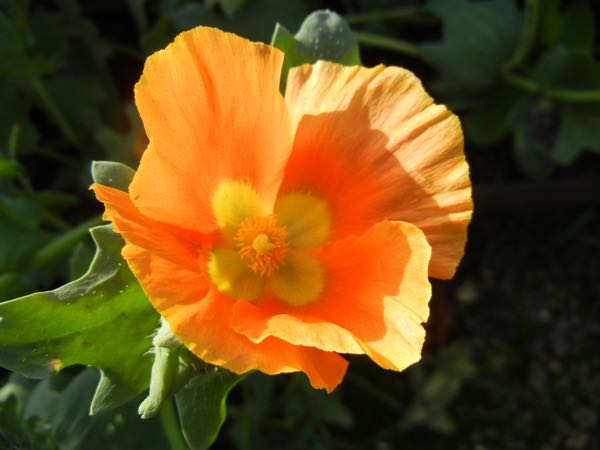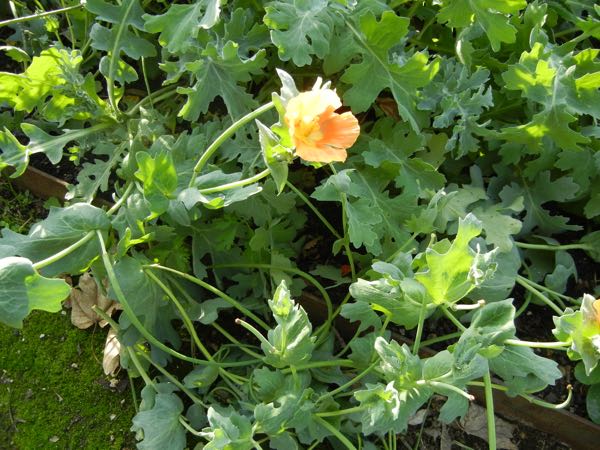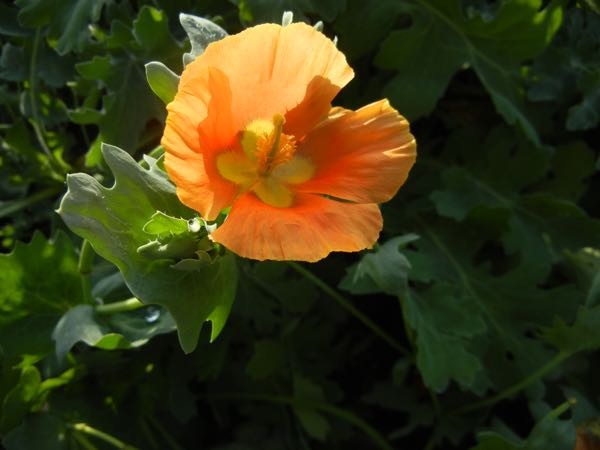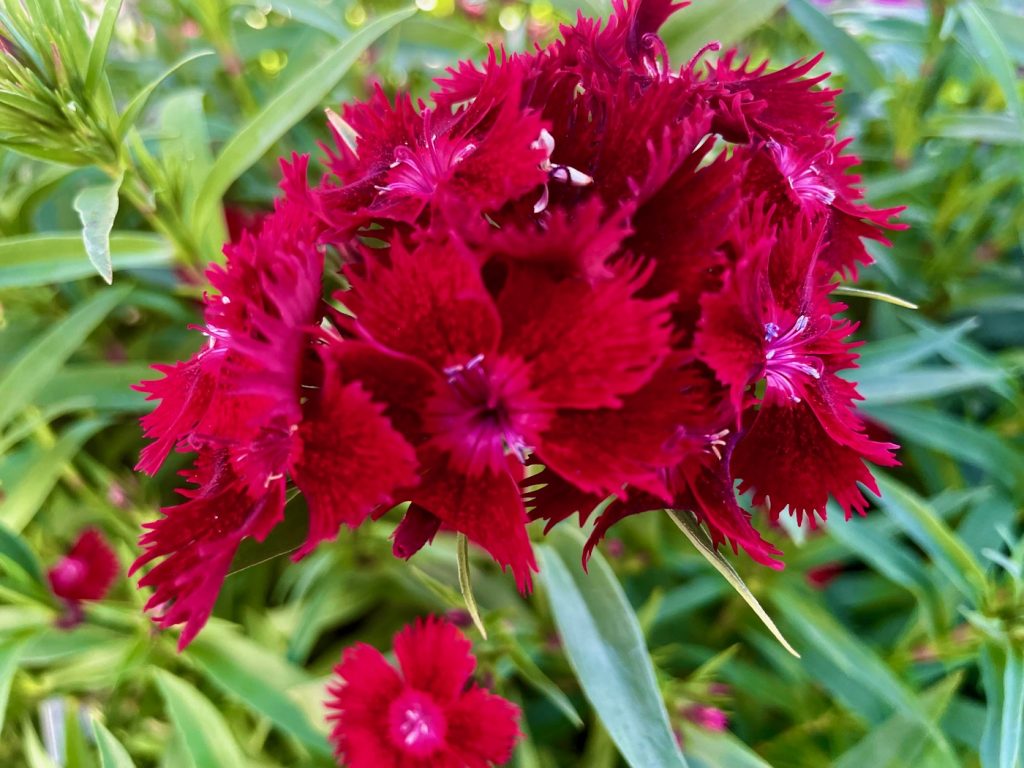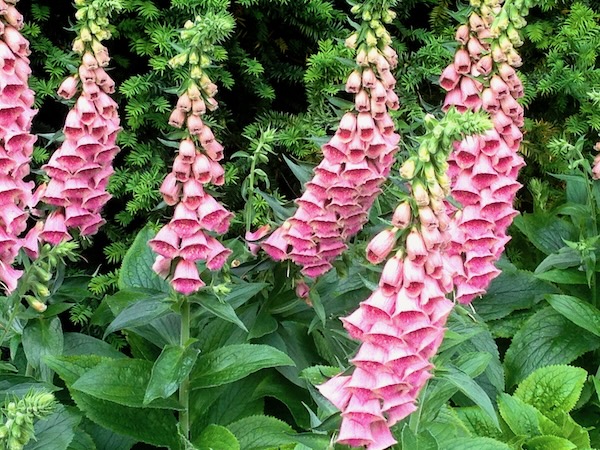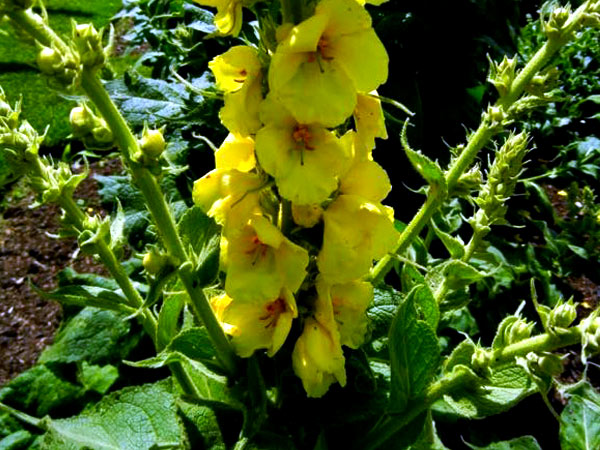Glaucium flavum (Hornpoppy): A Vibrant Coastal Beauty
Glaucium flavum, also known as Hornpoppy, Horned Poppy, Yellow Horned Poppy, Caillichín na trá, Bruiswort, Seaside Poppy, or Sea Poppy, is a captivating plant belonging to the Papaveraceae family. This short-lived perennial, often grown as a biennial, is celebrated for its striking yellow flowers and unique coastal adaptations. With its origins in North Africa, Macaronesia, Caucasus, Europe, and Western Asia, Glaucium flavum thrives in coastal regions, earning it the common name Sea Poppy.
Discovery and History: First noted in 1763 by Heinrich Johann Nepomuk von Crantz, a physician and botanist, Glaucium flavum has intrigued botanists and nature enthusiasts for centuries. Crantz, born in Luxembourg and later residing in Austria, recognized the plant’s distinct characteristics and contributed to its classification. The specific epithet “flavum” derived from the Latin word for “yellow,” aptly describes the vibrant flower color of this species.
Characteristics: Glaucium flavum displays a rosette of bluish-green foliage with deeply segmented leaves, adding visual interest even before the flowers emerge. Its gray, branched stems provide structural support for the plant. The orangish-yellow flowers, reminiscent of the Red Poppy, grace the plant during the summer, continuing into early autumn. While Glaucium flavum shares a similar floral structure with its poppy relatives, its sepals lack characteristic hairiness. After the flowering period, longhorn-shaped capsules develop, containing numerous seeds. These capsules can reach lengths of up to 30cm (1ft). In terms of size, Glaucium flavum can grow up to an impressive height of 90cm (3ft).
How to grow Glaucium flavum:
For successful cultivation of Glaucium flavum, consider the following guidelines:
Light and Soil Requirements: Choose a sunny location for optimal growth, as Glaucium flavum thrives in full sun. The plant demonstrates its resilience by adapting to moderately fertile or even poor soil conditions. However, excellent drainage is crucial for its well-being.
Watering: Glaucium flavum is drought-resistant once established. While it can tolerate periods of dryness, providing regular watering during prolonged dry spells will promote healthier growth and better flower production. Water the plant deeply, allowing the soil to dry out slightly between waterings to prevent overwatering.
Fertilizing: Glaucium flavum generally does not require heavy fertilization. However, incorporating organic matter, such as compost, into the soil before planting can provide beneficial nutrients. If desired, a balanced slow-release fertilizer can be applied in early spring to support vigorous growth.
Pests and Diseases: Glaucium flavum is relatively pest-resistant and disease-free. However, it’s important to monitor for potential issues and take appropriate action if necessary. Common pests that may occasionally affect Glaucium flavum include aphids and snails/slugs. Regular inspection and prompt treatment with organic pest control methods can help manage these pests effectively. Additionally, providing good air circulation around the plant and avoiding excessive moisture can help prevent fungal diseases.
Propagation and Maintenance: Propagate Glaucium flavum through its seeds, which can be soaked for several hours in warm water before sowing. The plant is relatively low-maintenance, as it is disease-free and generally trouble-free.
Embrace the enchanting beauty and coastal charm of Glaucium flavum in your garden or landscape. Its vibrant yellow flowers, distinctive foliage, and cultural significance make it a remarkable addition that will captivate both your senses and your appreciation for botanical history.
